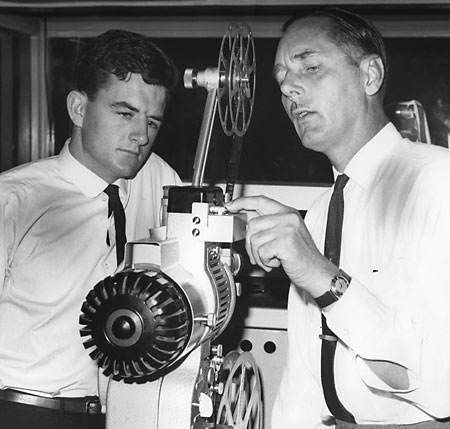Photo Gallery — Television’s Pioneering Era
Technology in Country Television, 1964

|
Photos in this Gallery:
- Directing in Studio One, 1958
- Portrait During the GTV9 Era
- Signing the Tarax Sponsorship Deal
- Sorting Things at GTV9
- Puppets on the Happy Show
- Professor Nitwitty and Gerry Gee
- Skin and Bones Jones on the Happy Show circa 1958
- Professor Ratbaggy Congratulates Contest Winner
- Gerry Hood on The Tarax Show, 1960
- Portrait in Tweed Jacket
- At School in the Tarax Show
- Brigadier Brendan Fortescue, IMT 1963
- In Character for Comedy
- Barney Sludge, Cohns Cobber Member
- Fertile Ground in Country TV
- Technology in Country Television, 1964
- Clowning at School, AMV4 1965
- Christmas Specials at AMV4, 1964
- Mr Hardwicke in “The Sullivans”
